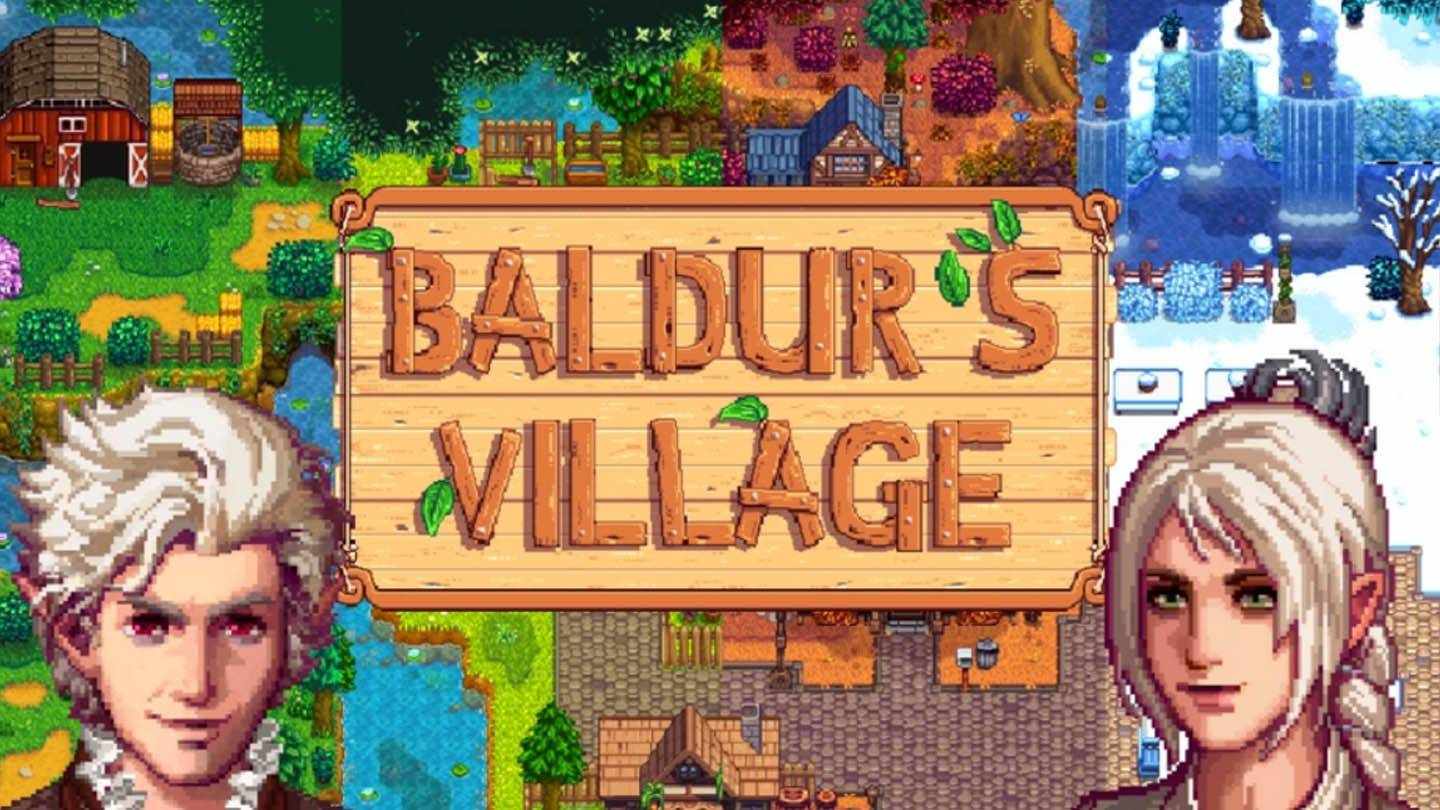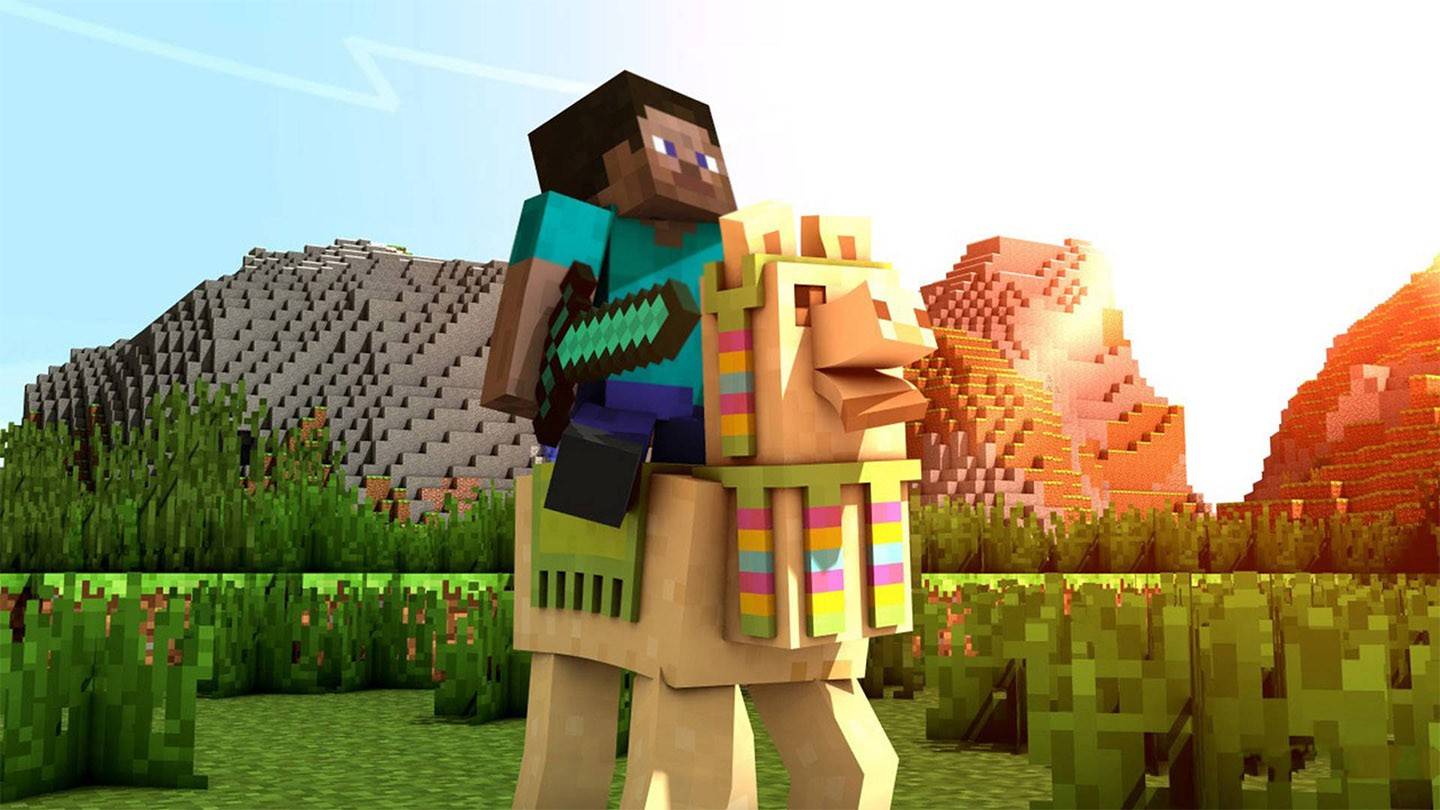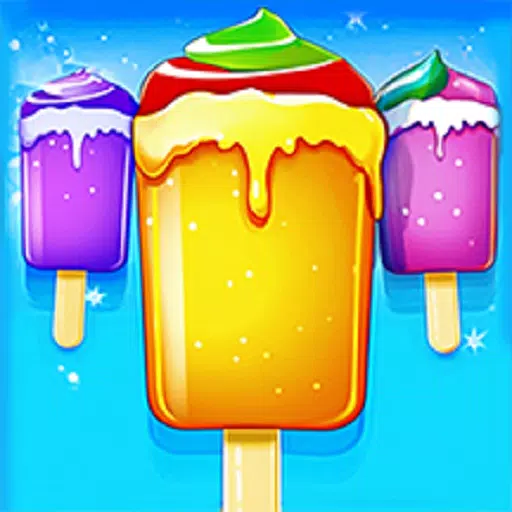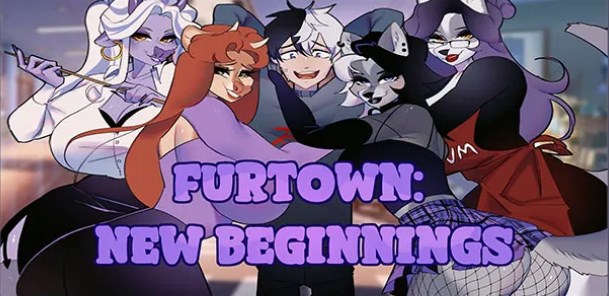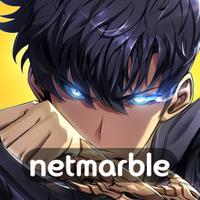In 2015, the French studio Don't Nod set a new standard for interactive dramas with Life is Strange, an enthralling adventure celebrating the beauty of everyday moments, the strength of unbreakable friendships, and the inevitability of time. Players were captivated by the game's delicate attention to detail and the ability to explore and influence the world around them. Despite Don't Nod's subsequent forays into different genres, none quite recaptured the magic that Life is Strange had sparked in fans' hearts.
Years later, Don't Nod returns to its roots with Lost Records: Bloom & Rage, a coming-of-age story that goes beyond interactive cinema. It's a heartfelt tribute to a bygone era and the carefree days of youth. With its nostalgic atmosphere, vibrant characters, and impactful choices, Lost Records captures players' imaginations from the start.
Table of Contents:
- Friends Reunite to Uncover Secrets from the Past After 27 Years
- Choices Still Impact Surroundings, Dialogues, and Relationships
- Bloom & Rage Creates Beautifully Imperfect Characters
- A Town Worth Dreaming About
- Slow-Paced Plot: The Defining Feature of the Story
Friends Reunite to Uncover Secrets from the Past After 27 Years
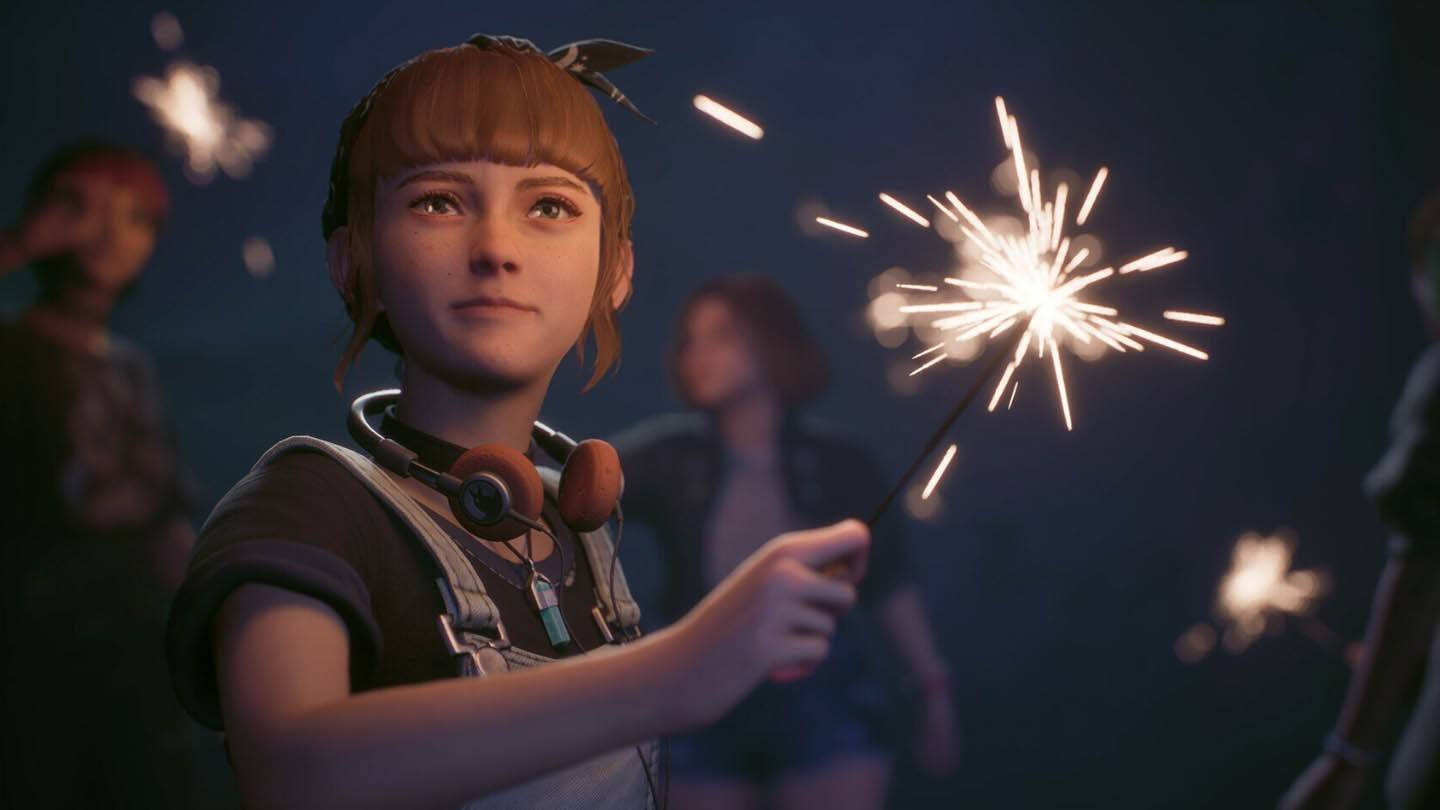 Image: ensigame.com
Image: ensigame.com
At the core of Lost Records is the story of four women whose friendship ended 27 years ago. Our protagonist, Swan Holloway, returns to her hometown of Velvet Bay for a reunion with her friends, only to discover a mysterious package from their past. This package leads them to a forest, an abandoned house, and secrets best left untouched, reviving forgotten memories. This is what Bloom & Rage represents: a summer night's dream relived.
The narrative unfolds across two timelines: 1995, a time when the grass seemed greener and the sun shone brighter, and 2022, where the heroines, now in their forties, sit in a bar with awkward smiles, avoiding the terrible incident that drove them apart. The game's camera switches to first-person mode in the present to highlight this difference.
However, most of the gameplay occurs in the past, where players explore stunning locations, develop relationships, and document events using a vintage HVS camera. Video recording is a key mechanic, much like in Life is Strange, where Swan captures graffiti, wildlife, people, and even paranormal traces.
 Image: ensigame.com
Image: ensigame.com
In a separate menu, players can edit collected footage into short films, categorized by themes, with Swan providing commentary on the results. These documentaries appear in the storyline but don't directly affect it.
Meanwhile, the decisions players make have both long-term and immediate effects on the story. Given the episodic nature of the game, the long-lasting impacts are currently fewer, but they remain a crucial feature of the narrative.
Choices Still Impact Surroundings, Dialogues, and Relationships
Lost Records excels in interactivity and attention to detail, hallmarks of Don't Nod's work. For example, if Swan expresses a desire for ice cream from a nearby truck, players can choose to buy it or continue with other tasks. Delaying can lead to the truck closing, altering subsequent conversations with new acquaintances.
 Image: ensigame.com
Image: ensigame.com
The game world is dynamic and engaging, with real-time dialogues similar to Oxenfree and Telltale adventures. Characters interrupt each other, switch topics, and sometimes, silence is the best option, allowing players to keep secrets from being impulsively revealed.
Building relationships offers players freedom in their choices. It's not necessary to seek everyone's approval; if someone doesn't appeal to the player, they can simply ignore them. Swan, being shy, gradually opens up through player interaction.
Bloom & Rage Creates Beautifully Imperfect Characters
 Image: ensigame.com
Image: ensigame.com
Don't Nod has a knack for creating genuine characters. They are loud, occasionally clumsy in their youthful idealism, yet deeply sincere. After feeling that Life is Strange: Double Exposure lacked soul, it became clear that the issue wasn't with interactive films but with character development. Don't Nod excels where others falter.
Swan is charming—an ordinary 16-year-old who struggles with self-doubt, worries about her words, and hides behind her camera. While reminiscent of Life is Strange's Max Caulfield, Swan feels fresh and authentic.
 Image: ensigame.com
Image: ensigame.com
Her friends—Ottem, Kate, and Nora—fit familiar tropes but transcend them. Nora, the punk girl with colorful bangs and American dreams, turns out to be the most cautious, while Kate, the passionate writer, often instigates wild antics, encouraging Swan to be bold. Ottem values thoughtfulness and seriousness. In their company, players relive the feeling of teenage invincibility, regardless of their age, journeying not just through time but into the heart of the '90s.
A Town Worth Dreaming About
Nostalgia permeates every aspect of Lost Records, particularly in Swan's room, filled with artifacts like bulky TVs, tapes, floppy disks, tamagotchis, Rubik's cubes, and troll dolls—a treasure trove for millennials. Each detail invites exploration and reflection on the golden years.
Easter eggs abound, referencing pop culture from Sabrina to The X-Files, Tank Girl, The Goonies, Twilight, Casper, and Revenge of the Nerds, not to mention video games like Oxenfree, Night in the Woods, Control, and Life is Strange. Books and music, such as House of Leaves, Nine Inch Nails, and Nirvana, further enrich the setting.
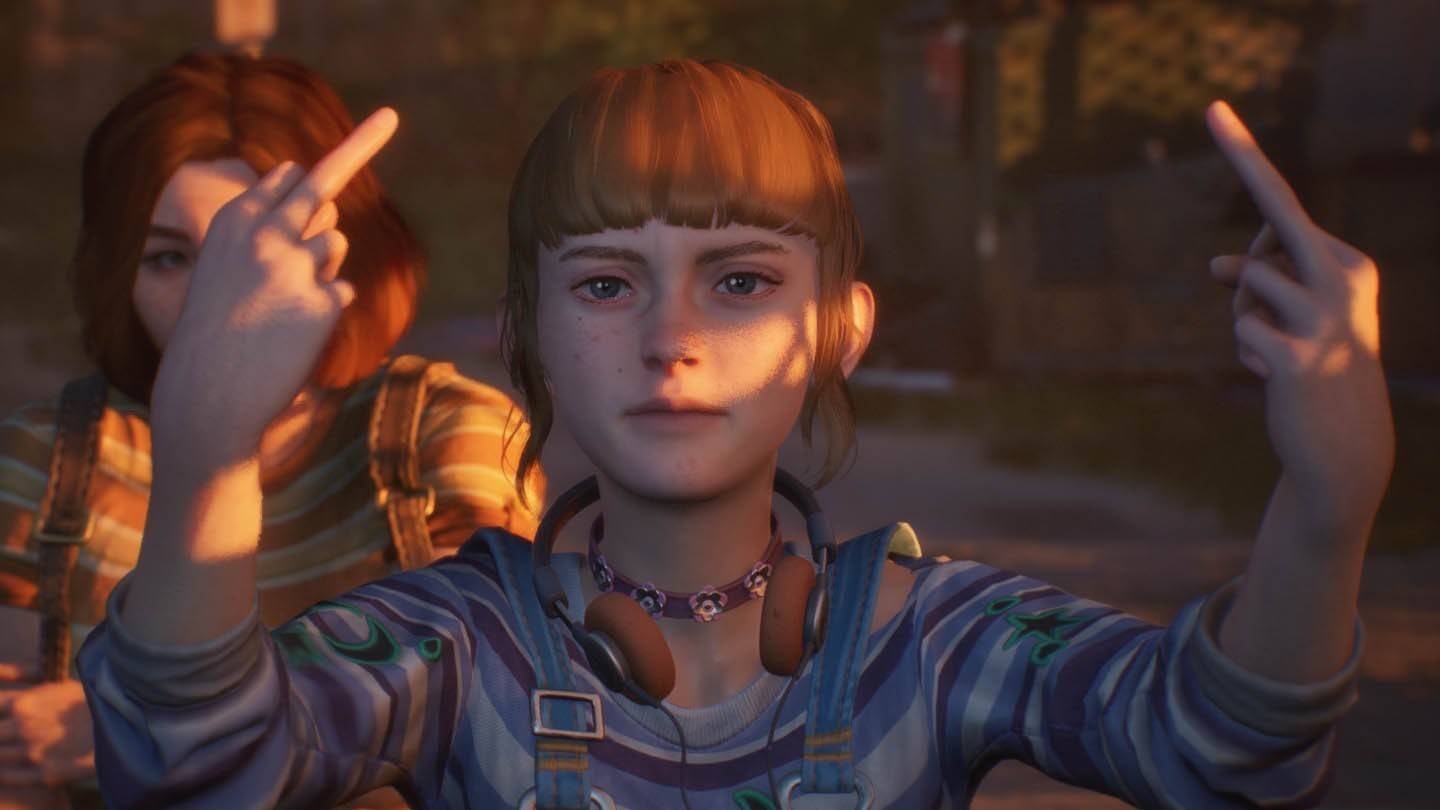 Image: ensigame.com
Image: ensigame.com
The most obvious reference is the plot's 27-year gap, reminiscent of Stephen King's It. The soundtrack, featuring dream-pop and indie-rock, adds to the nostalgic feel, with tracks like "See You in Hell" and "The Wild Unknown" standing out.
Thanks to the masterful integration of these elements, Velvet Bay becomes an emblematic sleepy American town—cozy by day and chilling by night. The more players explore, the more Bloom & Rage intrigues and captivates.
Slow-Paced Plot: The Defining Feature of the Story
 Image: ensigame.com
Image: ensigame.com
The slow build of the exposition might make players forget they're playing a mystery game. Unlike Life is Strange, where teenage life quickly gives way to detective work, Lost Records takes its time. It invites players to connect with the characters, forge bonds, and soak in the '90s atmosphere before the narrative shifts.
This pacing might not suit everyone, but it adds depth to the experience. The tension escalates in the second half of the first episode, culminating in a cliffhanger that sets the stage for the next installment. This leaves players theorizing and eagerly anticipating what's to come.
Lost Records: Bloom & Rage transports players to the '90s, even if they never lived through them. It's a game that knows its audience and delivers all the elements needed for success in its genre: relatable characters, engaging interactions, and a promising story. The full impact of Lost Records will be clearer after the release of the second part on April 15th. Hopefully, Don't Nod will weave their magic once more, and I eagerly await the conclusion.


